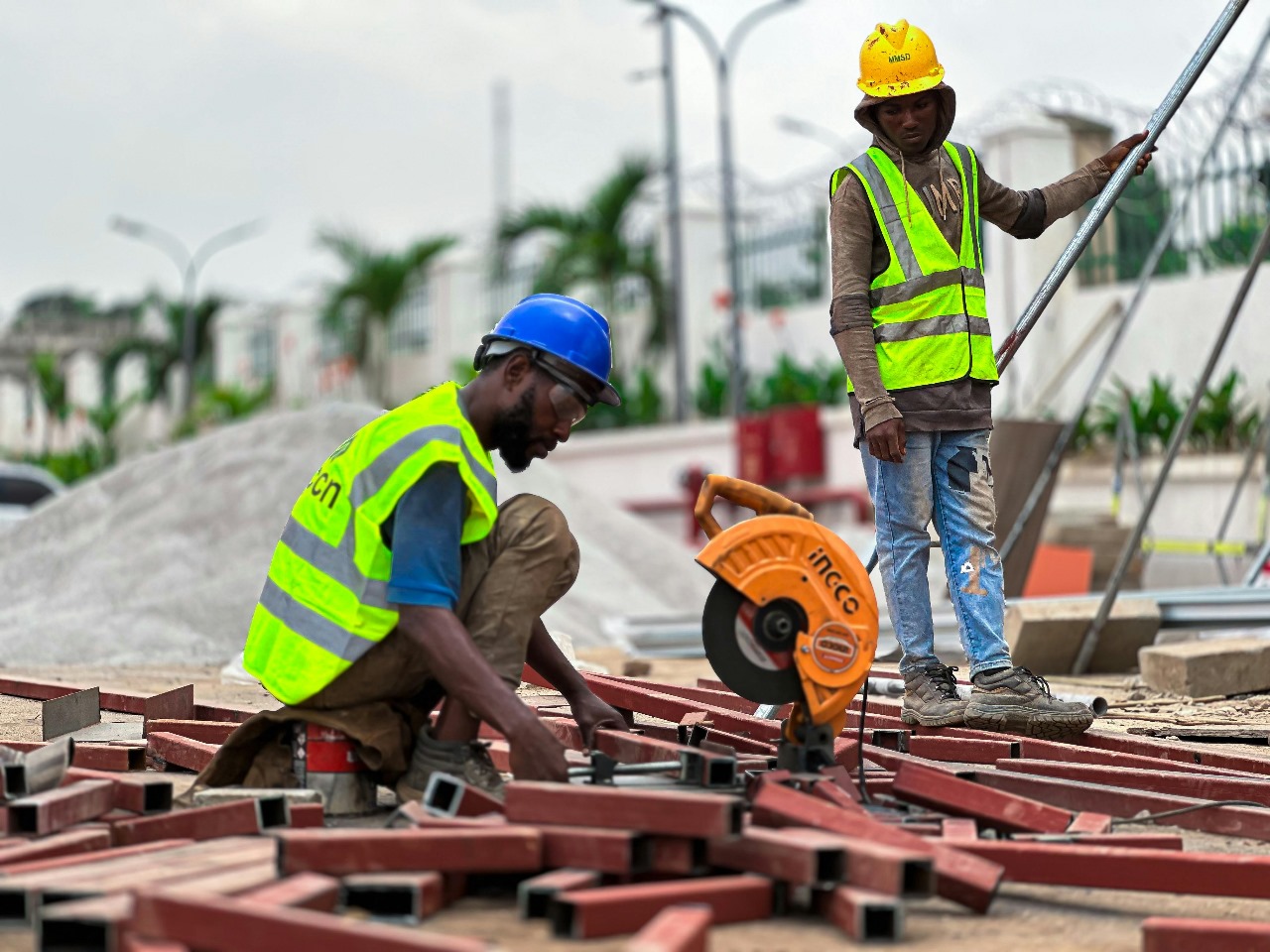As one of the fastest-growing cities in the United States, Austin is not only expanding rapidly but also leading the way toward a more sustainable future. The push for green building in austin construction reflects the city’s commitment to environmental stewardship, energy efficiency, and improved quality of life for its residents. In 2025, this movement is reshaping how buildings are designed, constructed, and operated across residential, commercial, and public sectors.
This article delves into the growing emphasis on green building within Austin construction, highlighting the drivers behind this shift, key strategies, and the benefits for builders, occupants, and the broader community.
The Drivers Behind Green Building in Austin Construction
Environmental Responsibility and Climate Goals
Austin’s city government has set ambitious climate action plans aimed at reducing greenhouse gas emissions and promoting renewable energy. Green building practices align with these goals by minimizing environmental impacts throughout a building’s lifecycle—from design and material sourcing to construction and operation.
Rising Energy Costs and Efficiency Demands
Energy-efficient buildings reduce utility costs, which appeals to both developers and occupants. As energy prices fluctuate and consumers become more conscious of their environmental footprint, demand for buildings that use less energy and water is rising sharply in Austin construction.
Key Green Building Strategies in Austin Construction
Use of Sustainable and Local Materials
Austin builders are increasingly selecting materials that are sustainable, recycled, or locally sourced to reduce carbon emissions related to transportation and production. Wood certified by the Forest Stewardship Council (FSC), low-VOC paints, and recycled steel are among popular choices that ensure durability while minimizing environmental harm.
High-Performance Building Envelope
A well-designed building envelope—including insulation, windows, and air sealing—is critical to energy efficiency. Austin construction projects focus on tight, well-insulated envelopes that reduce heating and cooling loads, especially important in Texas’s variable climate.
Renewable Energy Integration
Many new developments incorporate solar photovoltaic systems, sometimes paired with energy storage, to supply clean power onsite. Austin Energy’s green power incentives encourage builders to invest in solar and other renewable technologies, further pushing green construction.
Certifications and Standards Leading the Way
LEED and Austin Energy Green Building Program
Leadership in Energy and Environmental Design (LEED) certification remains a gold standard for green buildings in Austin construction. Additionally, the Austin Energy Green Building program provides guidelines and incentives tailored to local climate conditions and goals, helping projects maximize sustainability.
WELL Building Standard and Healthy Building Practices
Beyond environmental impact, Austin construction is also embracing WELL Building Standards, which focus on indoor environmental quality and occupant health. This includes improved ventilation, natural lighting, and the use of non-toxic materials to create healthier living and working environments.
Benefits of Green Building in Austin Construction
Economic Advantages
Though green building may have higher upfront costs, the long-term savings on energy and maintenance make it cost-effective. Additionally, green-certified buildings often attract higher rents, increased occupancy rates, and better resale value.
Environmental and Community Impact
Green buildings reduce carbon footprints, conserve water, and decrease waste, contributing to healthier ecosystems. They also enhance community resilience by incorporating climate-adaptive features like flood-resistant designs and drought-tolerant landscaping.
Health and Well-being
Improved indoor air quality, natural daylighting, and noise reduction directly benefit occupants’ physical and mental health. In Austin construction, these factors are increasingly prioritized to promote wellbeing in homes, offices, and public spaces.
Challenges and Opportunities Ahead
Balancing Costs and Market Expectations
While green building offers many benefits, initial costs and market perceptions can pose challenges. Builders and developers must carefully balance budgets while educating clients and buyers on the long-term value of sustainable construction.
Innovation and Technology Integration
Emerging technologies such as smart building systems, advanced materials, and real-time energy monitoring are creating new opportunities to push green building further. Austin construction professionals who embrace these innovations position themselves at the forefront of the industry.
Conclusion: Austin Construction Leading the Green Building Movement
The push for green building within Austin construction is more than a trend—it’s a necessary evolution driven by environmental responsibility, economic sense, and community health. Builders, developers, and policymakers in Austin are collaborating to make sustainability a core principle of every project.
For those engaged with Associated Builders and Contractors and other industry organizations, staying informed and adopting green building best practices is essential to meet client expectations and regulatory requirements in 2025 and beyond.
Austin’s commitment to green construction is helping the city grow smarter and greener, ensuring a resilient future for its residents and the environment alike.




